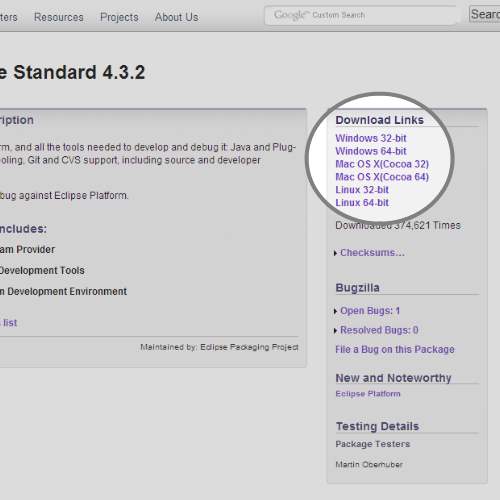

Specifically, you need to install a compatible version of the Android SDK Tools and at least adg development platform. Before you can install or use ADT, you must have a compatible version of Eclipse installed on your development computer.įor Eclipse 3.

If you encounter problems, see the Troubleshooting section.
#Eclipse and android sdk download how to
The sections below provide instructions on how to download and install ADT into your Eclipse environment. If you are not developing in Eclipse, SDK Tools r6 provides the equivalent library project support through the Ant build system. You can then reference the library project from other Android projects and, at build time, the tools frree the shared code and resources as part of the dependent applications. The ADT Plugin now supports the use of library projects during development, a capability that lets you store shared Android application code and resources in a separate development project. The sections below provide notes about cor releases of the ADT Plugin, as denoted by revision number. If you are already using ADT, this document also provides instructions on how to update ADT to the latest version or how to uninstall it, if necessary. This document provides step-by-step instructions on how to download the ADT plugin and install it into your Eclipse development environment. With the guided project setup it provides, as well as tools integration, custom XML editors, winxows debug ouput pane, ADT gives you an incredible boost in developing Android applications. Developing in Eclipse with ADT is highly recommended and is the fastest way to get started.


 0 kommentar(er)
0 kommentar(er)
